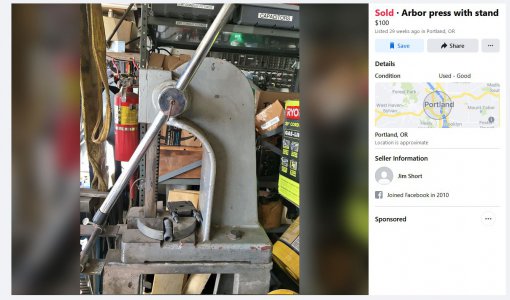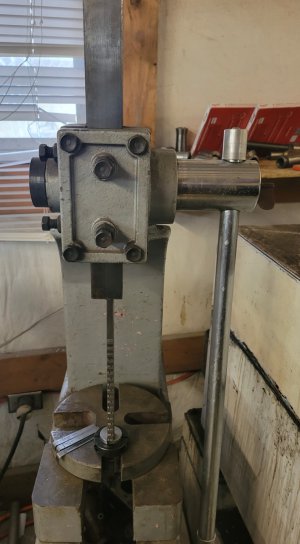The amount of pressure is adjusted by how much increase from the previous shim behind the broach is.
I’m not clear on why people say this. A broach has a fixed increment from tooth to tooth, and that cut depth times the number of teeth in engagement will control the force required. If you mean using such small shims that only one or two teeth at the end of the broach cut for a given shim, then sure. But that seems impossibly slow. And would put all the work on the last tooth or two. Basically no better than shaping in a lathe. Reducing the force for a fully engaged broach would require changing the angle of attack or modifying the broach itself.



